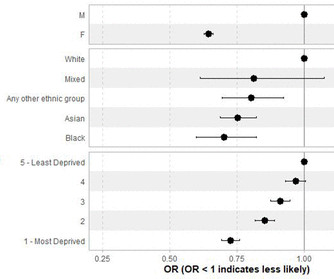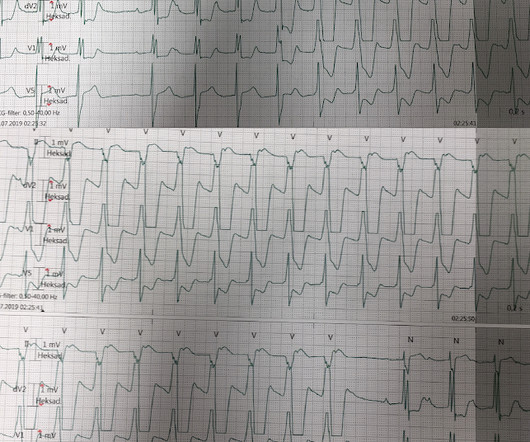Impact of gender, ethnicity and social deprivation on access to surgical or transcatheter aortic valve replacement in aortic stenosis: a retrospective database study in England
Open Heart
OCTOBER 3, 2023
Objective To assess gender, ethnicity, and deprivation-based differences in provision of aortic valve replacement (AVR) in England for adults with aortic stenosis (AS). Methods We retrospectively identified adults with AS from the English Hospital Episode Statistics (HES) between April 2016 and March 2019 and those who subsequently had an AVR. We separately used HES-linked Clinical Practice Research Datalink (CPRD) to identify people with AVR and evaluate the timeliness of their procedure (CPRD-















Let's personalize your content